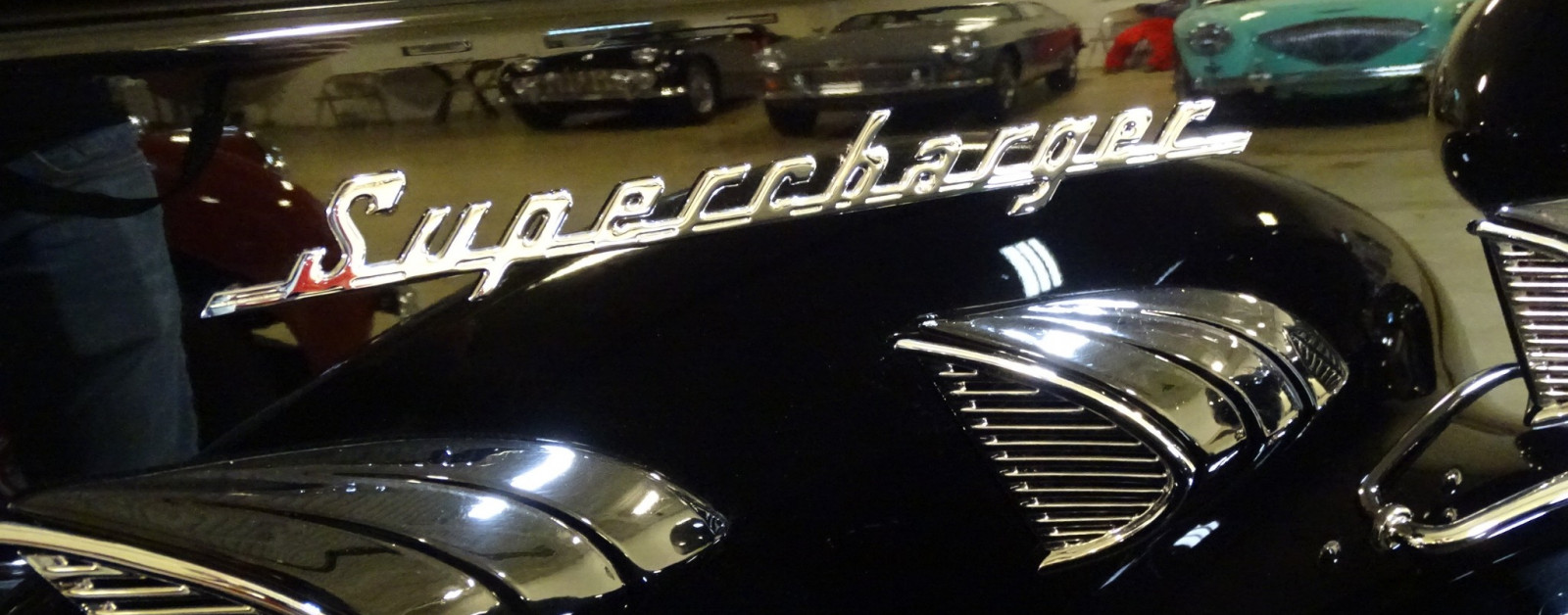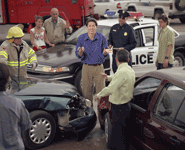Insurance Institute for Highway Safety (IIHS) reports that in 2013, 49 percent (10,318) of all type of car (cars, trucks, SUVS) occupant deaths occurred in multiple-car accidents.
Not only can the details of a crash be difficult to determine and often require accident reconstruction, but it’s often extremely hard to prove who is at fault when a multi-vehicle crash occurs.
Who’s at Fault?
If only this question could be easily answered. In some multiple car accidents, the at-fault driver admits right away or upon investigating the details of the accident, the answer is clear. Unfortunately, this is rarely the case. To determine who is at fault requires a lot of questioning from authorities, cooperation from all drivers involved, detailed reports, and even accident reconstruction.
Consider this scenario: Car A, B,& C were in a chain reaction accident. Car A’s driver was approaching a construction zone and stopped for a flagged worker, Car B is a large delivery truck and the driver looked down at his clipboard on the passenger seat. He braked suddenly and rear ended Car A. Car C was following Car B and rear ended B.
Seems like Driver B is at-fault since he was not paying attention, but given further details of the crash, the other drivers may be at fault too. Car A’s brake lights were out so Car B did not have “proper notice of stopping”. Car C was tailgating and due to the lack of distance between B and C, C’s driver did not see they were approaching a construction zone. Even after receiving more information, it can still be confusing. Depending on your state’s laws, the driver at fault may be different.
Before and After a Multiple Car Crash
It’s impossible to determine whether or not you will be involved in a multiple car accident, but there are ways to avoid being in an accident or at least being “at fault” if you are in one:
- Avoid all distractions
- Pay attention to all drivers in front, behind and around you
- Keep a safe distance between you and other motorists
- Check indicator lights often to make sure they work properly
- Drive with extra care during inclement weather
Even if you are as careful as you can be, you might still find yourself in an accident. If you are in a multi-vehicle accident, it’s important to:
- Stay calm and out of harm’s way
- Cooperate with police
- Avoid claiming blame at the scene of the accident
- Make careful and detailed notes of the event. It’s best to do this right after the accident because details can change over time
- Contact your insurance company
Car accidents are always a hassle and rarely “cut and dry”, but if you follow the correct procedures after an accident, you can get back on the road in no time.


 To request an appraisal, please complete the sections below:
To request an appraisal, please complete the sections below: